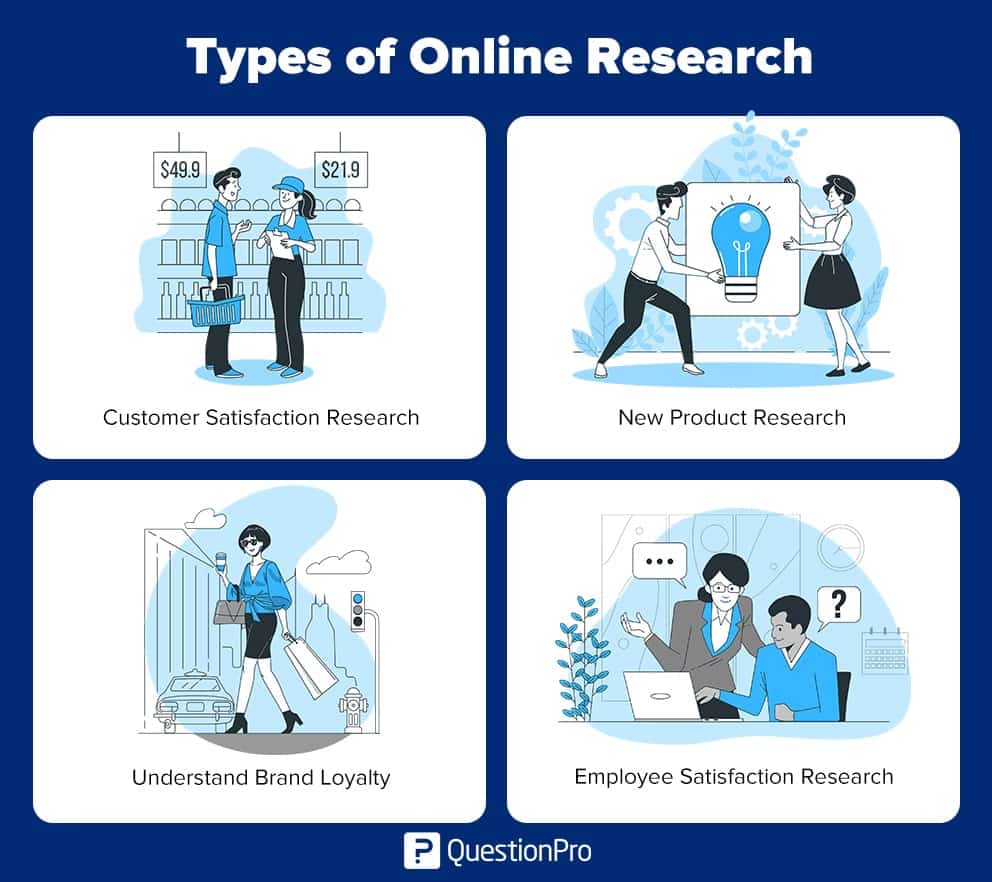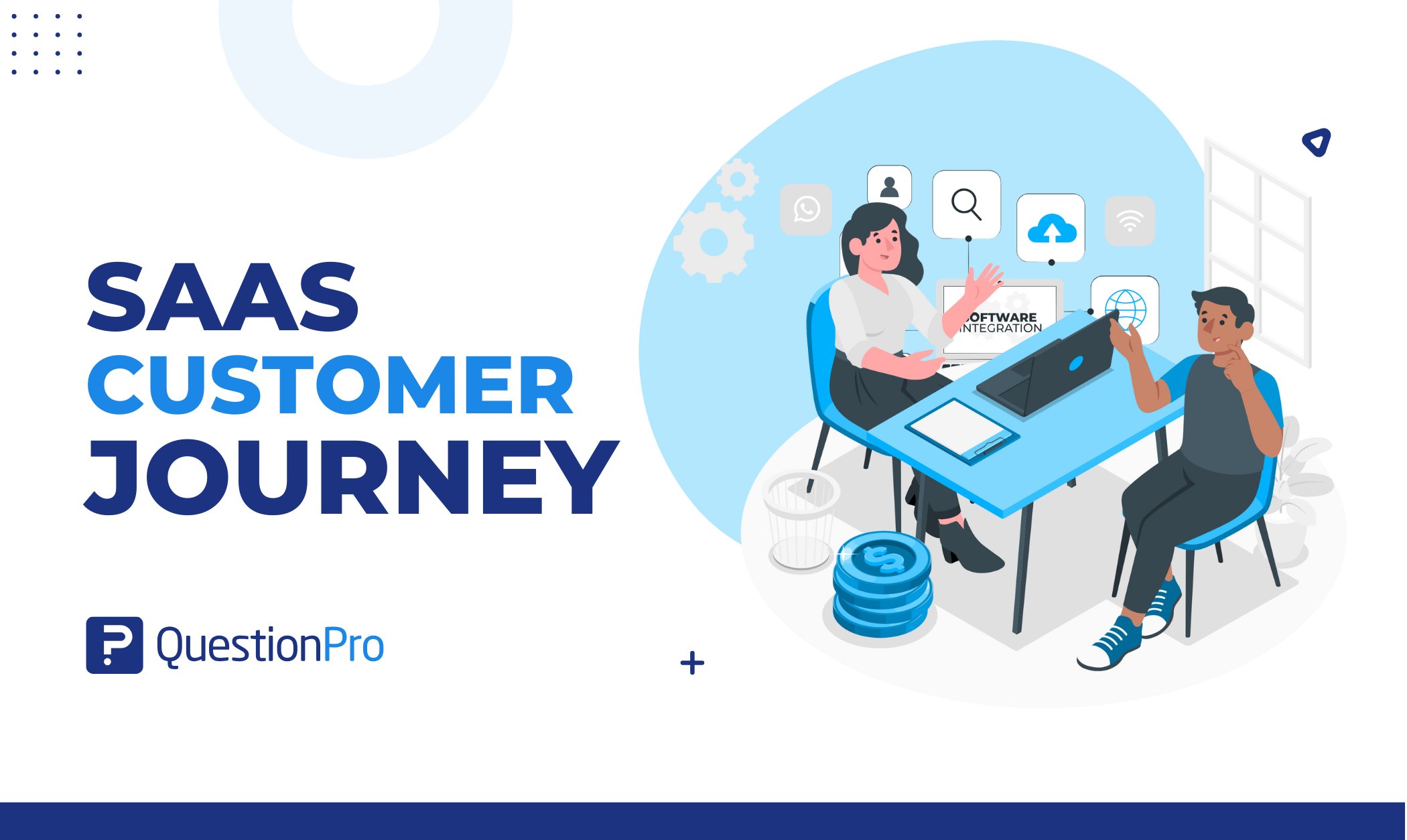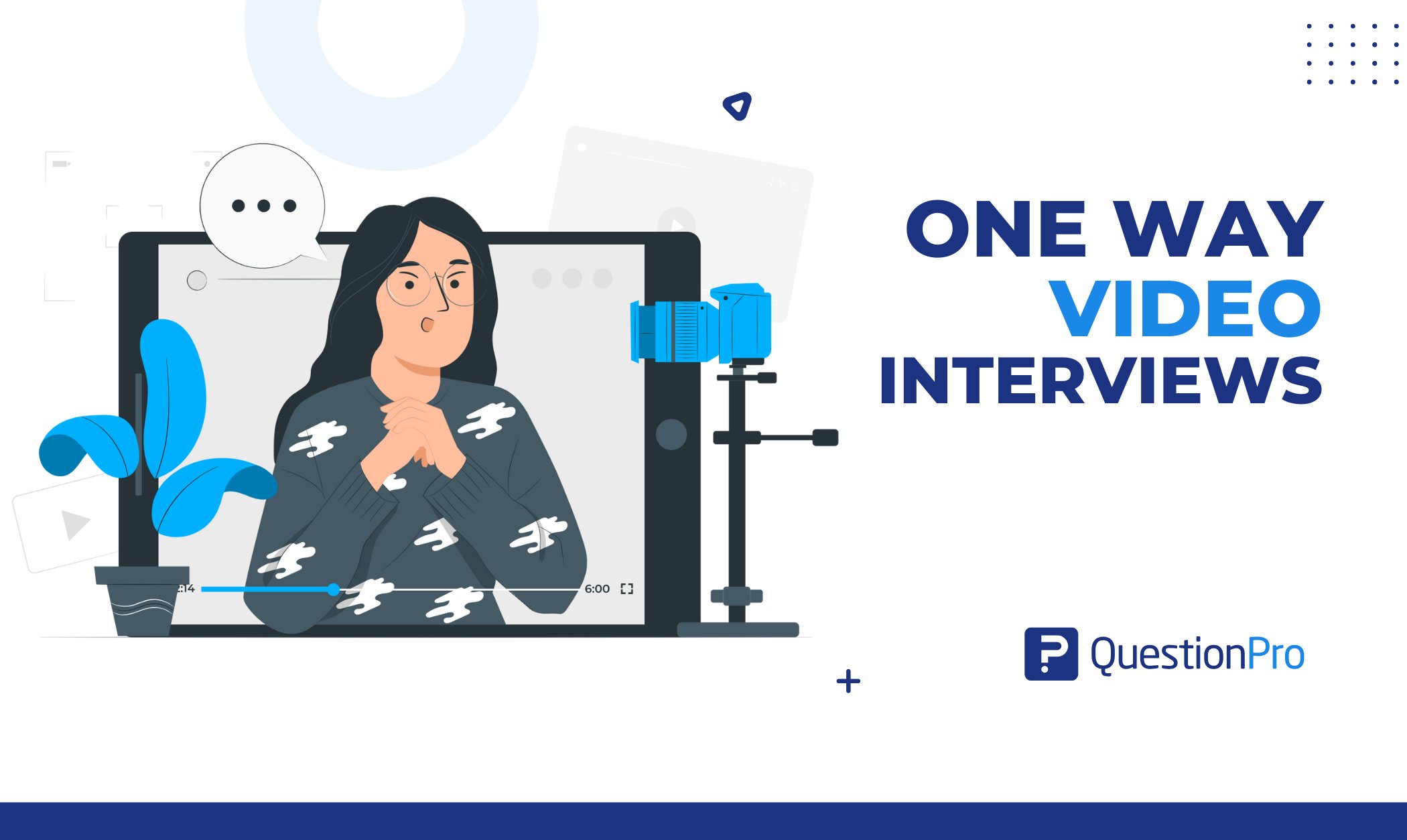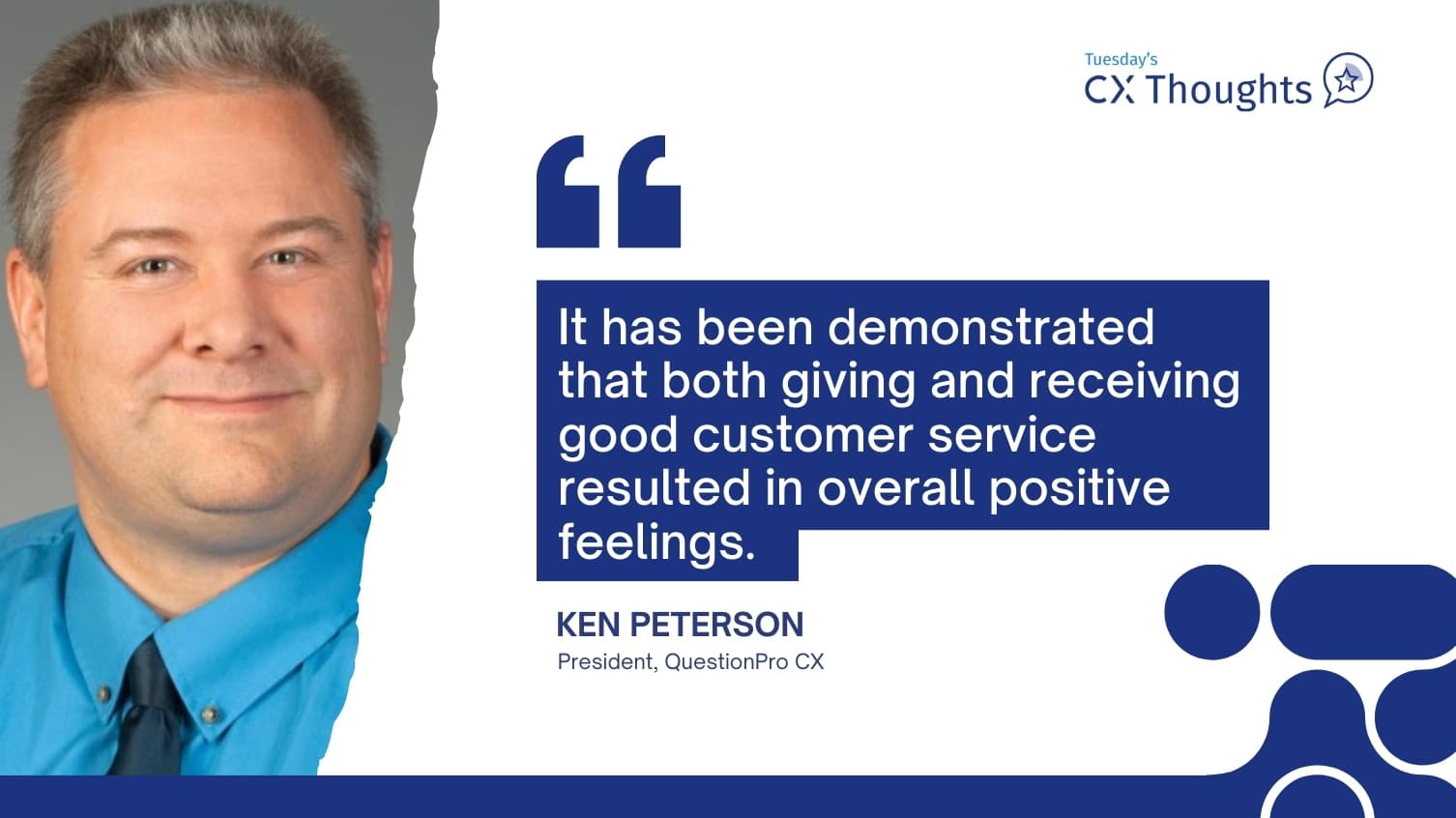
Online survey research is much more impactful than traditional research, considering the ease of access and cost savings they come with. The response rates received for online research are much higher than the others as the respondents are assured that their identity will be protected.
There’s constant progress in the field of online survey research with the progress that’s happening on the internet and social media. Social media has been a catalyst in the entire process of online research regarding access to databases and the experiments that can be conducted on this platform.
What is Online Research?
Online research is a research method that involves the collection of information from the internet. With the advent of the internet, the traditional pen-and-paper research techniques have taken a backseat and made room for online research design.
Online surveys, online polls, questionnaires, forms, and focus groups are various tools of online research that are vital in gathering essential information for market research. The internet has created impressive avenues for small and large businesses to conduct market research with zero to a minimum investment. Online research can be carried out for product testing, targeting an audience, database mining, customer satisfaction et al.
LEARN ABOUT: Market research industry
5 Online Research Methods and Techniques:
Researchers and statisticians collect data from respondents using various online research techniques. They are often called internet research or web-based research methods. Many of these research methods are already being used in one way or another but are being revived for online mediums. The latest in this line of online research methods in social media research, as it offers extended levels of complexities and, thus, new avenues for research.
Researchers extensively use 5 such online research methods due to the precise nature of the offered results.
- Online focus group: A subset of the online research techniques, online focus groups are methods usually used for B2B research, consumer research and political research. A moderator is assigned to conduct and supervise the focus group who invites pre-selected and qualified participants who represent a specific area of interest to be a part of this focus group at a particular time. The respondents are usually incentivized to be a part of the discussion, which usually is an hour and 90 minutes.
LEARN ABOUT: B2B Online Panels
- Online interview: This online research method is quite similar to the face-to-face interview methods yet different in terms of the required standard practices, understanding with respondents, and sampling. Online interviews are organized using various computer-mediated communication (CMC), essentially SMS or Email. Based on the response time for these interviews, they’re classified into synchronous and asynchronous methods.Synchronous online interviews are carried out via mediums such as online chat, where the responses are received in real-time. Asynchronous online interviews are those that happen over Email, where the responses are usually not in real-time. Just like face-to-face interviews, online interviews probe into respondents’ thoughts and feedback about a particular topic to get insights into their experiences, ideas, or attitudes.
- Online qualitative research: Other than the mainstream online focus groups and online interviews, there are various aspects of online qualitative research. These aspects include blogs, mobile diaries, and communities. These methods contribute toward cost and time savings and are supremely convenient for the researchers to gather information for their research topics. The level of sophistication that online qualitative research methods bring to the table is superior to any other traditional forms as the respondents can be either recruited from existing databases, or panels or can be added by conducting surveys.
LEARN MORE: Qualitative Research Questions and Questionnaires - Online text analysis: This analysis technique is an extension of text analysis which exists since the 17th century which is a collection of various online research examples used to derive insights from content available online. By using this online research technique, researchers can explain penned, verbal or graphic communication formats. Categories such as web pages, paragraphs, sentences, quasi-sentences, documents, etc. It is most often used for quantitative research but for better interpretation of the text, researchers also use qualitative techniques.
LEARN ABOUT: Qualitative Interview
- Social network analysis: Social network analysis is an emerging online research technique which is gaining acceptance due to the increased adoption of social networking platforms. By conducting social network analysis, a researcher can map and measure flows and relationships between people, organizations, URLs, groups or computers using graph theory. For instance, the latest meme culture has developed new social structures in which the people associated are termed as “nodes” and memes are the “links” between these nodes.
LEARN ABOUT: Best Data Collection Tools
Types of online research:

- Customer satisfaction research: Earlier, this type of research used to be conducted over phone calls but nowadays, the customers are accustomed to getting mail asking them to give their feedback on their recent experience with an organization. For instance, if you own a newly opened restaurant, you’d want to know customer satisfaction. You can either have a survey ready for them to fill out after their meal, send it out after taking their email address or use the offline app to conduct the survey.
- New product research: The launch of a new product can be unnerving. Understanding whether a new product will succeed with the target audience is much needed. New product research can be carried out by testing the product with a group of selected guinea pigs and collecting feedback almost immediately. It can be highly effective when conducting research for a new mall outlet (read: Walmart!), launching a car variant, or introducing adding new credit card options.
- Understand brand loyalty: Many small and big businesses survive merely on brand loyalty. It’s undoubtedly a big deal but to every organization needs to work on it to either maintain or improve it. Conduct online research to know what attracts a customer to a particular brand or the points that are currently keeping them from being loyal to your brand.
- Employee engagement and employee satisfaction research: Understanding what employees think about working with your organization is the key to success. The mood and morale of the employees must be tracked regularly so that they effectively contribute to the growth of the company. Surveys should be sent to improve employee engagement and also to strive to maintain employee satisfaction.
Learn More: Data Collection Methods: Types & Examples
Things to keep in mind for online survey research
Online survey research is one of the most impactful ways to carry out web-based research that yield effective results. Here are a few points that all organizations should take care of while designing an online survey for research:
-
Give open-ended questions a miss:
A respondent needs to think before submitting open-ended questions, so the time taken for completion can increase. This can annoy them to a point where they’d simply quit the survey. Yes-No questions, multiple choice questions, or ranking questions will be much easier for respondents to fill out and as effective as open-ended questions.
-
Show urgency but also be tolerant:
In case you want a response for something important, sending more than one invitation for respondents to fill out is alright. But, a prerequisite for this is that your database should be very well aware of this, and they should have no objection to it. Most importantly, be patient with the results once you’ve conducted an online survey. Appoint someone from the team who will take care of the entire process of conducting this survey.
-
Detailed surveys produce better results:
Survey takers can sit through a survey that would take them a maximum of 25 minutes. They would usually quit to never return, even for the surveys that you might send out in the future. The inclusion of drop-down questions or multiple choice questions (with accurate options) will help reduce the survey size and, in turn, the time invested by the survey takers.
Online Research Advantages:
- Access to data across the globe: The Internet is an elaborate platform for researchers to invest their time in retrieving crucial information that would otherwise consume a lot of their time. It is straightforward for them to conduct research skills even if they’re lazing on their couch and have deadlines.
- Minimum investment of time and resources: Online mediums have become the numero uno resort for individuals to look up information to broaden their horizons of knowledge. There’s information being updated daily, and researchers latch onto this information for their benefit. It has eased the process of publishing and collecting information and thus saves time and money.
- Central pool of facts and figures: Researchers and statisticians keep searching for updated information on various important topics. Students explore the internet for academic purposes, which is the most significant edge the internet offers.
- Capable tools for collecting information: Surveys, questionnaires, and polls are being conducted via online mediums like emails or QR codes, or embedded websites to gather or spread vital information.
Know more about the various online research methods.
LEARN ABOUT: 12 Best Tools for Researchers
QuestionPro’s robust suite of research tools provides you with all you need to derive research results. Our online survey platform includes custom point-and-click logic and advanced question types.
LEARN ABOUT: Market research vs marketing research







